A day at the workshop
In my paint-workshop (and household) open source software rules and eases the dreaded life as an artist. This little text is not meant to complain, but merely a small oversight of what software is actually used in said workshop. And, thanks to an economic crisis and corona, I have the time to doodle about it.
-
Many commissions and ideas start where communication starts: the holy trinity of browser, mail-client and instant messenger. Many versions of those three have passed my desktop, but Firefox, Thunderbird and Pidgin remained and are fully being used and abused. The extensions of Firefox take care of safety and an almost ad-free experience, which is a lot nowadays, as I may hear the complaints of colleagues about their production machines and the crashes and slowing down.
Anyways, old school as I am, I love myself a good email and still see it as one of the most reliable ways to communicate about commissions or new productions. It gives me the power of archiving and that way I can keep a keen eye on progress and eventual mishaps. That integrated calendar is a lifesaver, because I want to be on time at appointments on an OCD-kind-of-level. Somehow it's appreciated and I have a name to uphold. It also works infectious, because the people around me start to take notice that I am in way better form when everything goes as planned.
The instant messaging choice is based on the fact that Pidgin can handle pretty much all the protocols, from Google chat to Facebook messenger, although the latter doesn't have the functionality of sending files from my desktop. Telegram is my favorite protocol, but most of my friends do not dare to start using it, with the most used and weakest argument ever: "Everyone uses Facebook messenger, why would I switch?" Large file sends, total encryption, easy to set up video conferences and groups, all in one protocol, are no good reasons for them to switch and so I have to proof that more. Some of my clients already run Telegram and are sold by the fact that it doesn't hand out your personal data like candy. :-)A painting or mural gets mostly developed on sketch paper and then further enhanced in my two longtime favorites: GIMP and Inkscape. The first for handling bitmaps, reference material and optimizing the photo's of the results, the second for handling things like logo's, typefont-designs, more or less everything vector. The workflow between the two is incredible and mostly thanks to PNG, the file-format that handles graphics pretty good and is easy to exchange with people who do not run the same stuff that I do.
It sounds kind of weird, but those tools are so integrated into the work-process, that I actually have no idea of anything else to use. They became the same as my brushes or tubes of paint, as in: a real part of the planning, thinking, creating and problem solving, a part of my body or so.
The software is really handy for pre-press work, like creating the graphics for printed expressions like books, posters, cards and make them processable for the print-workshop. And I can tell you: printmasters are picky assholes considering file-formats, size, trim areas, bleeds and all other technicalities they can be picky on. But, it must be said, the end results are good to very good. Good colour-separation (CMYK!!) and having the ability to save in different types of file-formats helps a lot.
Coming with all that pre-press violence is a package named Scribus, a versatile tool that gives me pretty much total control over the output of print designs, whether it is a book or just a post card, it handles everything very smooth. The most used part of that incredible piece of software is the "Export to PDF". Printers love PDF. And with good reason: you can store all information in a PDF-file that a printer can read and handle accordingly. A well thought-out PDF-export can pretty much automate the living crap out of a printer's daily workload. And when you make a printer's day easy, (s)he will have the time to make you a better product. :-)Not just painting and pre-press is being done here: since I have joined a platform of artists, video editing has entered the building. I already have some professional experience with it, but when the platform's cameraman is a highly experienced news and documentary maker, demands of high end results are there. At the moment still in an experimental phase, but already two packages turned out to be very useful: KdenLive and Blender. The first is being used on everything that needs basic cutting, pasting and mixing, the second is not really used in production, because of a lack of experience. I am working on that, Blender can also be a special effects editor, even for 2D projects. It's all a matter of changing the GUI to my needs via the standard preferences. When I am more used to it and have made some projects with it (hopefully with success), I can add Blender as my nuclear-option considering the special effects. Such high detail and the render results are very satisfying, I can completely understand why professional animation and game studio's use the toolkit for their wonderful productions.
-
Sound comes with video and I use Audacity for that. I use the software since my early Linux days, trying to make radio broadcasts for my, then still alive, weblog. Now it is used for editing soundtracks and consists of sound optimizing: take away unwanted noise, amplifying speech (mostly when a crappy mic is used) and remixing music scores to fit the video's it has to be added to. Also: easy workflow, not too much redundant tools (everything I do not use, I see as such) and the possibility to export high end sound files. Take my word for it: when a video's sound is good, the visuals will look better. Sort of, of course. It's all in the head, haha.
Having an archive full of photo's and clips asks for some ordering. Automated, of course. Another good old workhorse has entered the building: Shotwell. Importing from pretty much everything camera with a few clicks, sorting it by date and time and easy ways to open them in, for instance, Gimp if they need a touch up or are being prepared for print or web. I mean, what else is there in life when all goes seamlessly well? My archives are really easy to thumb through and everything is being backed up on an instance, since the files are also ordered in such military fashion on my drives.
Well, last but not least, letters have to be written, stories have to be typed out, you know, the things that happen with an office suite: Libre Office. Humble on the background, a powerhouse when started up (and so quickly, there's no time to get a coffee). It is my janitor, my teacher (spelling-checker, haha), my diplomat and accountant. Somehow it types easier in this software package than in my mail client. The send-button is to blame. Writing everything in Libre Office, well almost everything of course, goes on a different pace and not having that send-button nearby, it prevents from miscommunication. Also: wanna write a good love letter by hand, but want to avoid all the redo's and crossing mistakes? Type it first and then copy it by hand (and pen & paper) does the trick. People will honor your ability to control language, handwritten nonetheless! ;-) I am a simple man. haha
All in all this a summary of how I use opensource software exclusively and professionally in my workshop. For years, also. How do you use opensource software in your working environment and what pro's and cons does it have for you?





















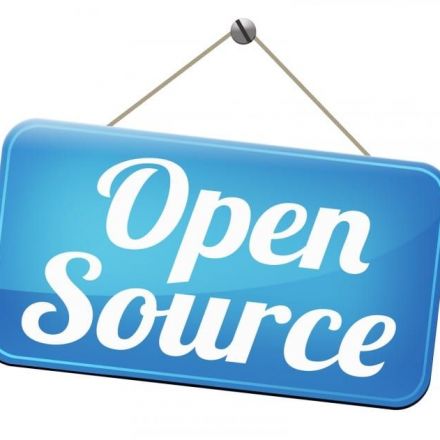
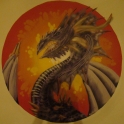

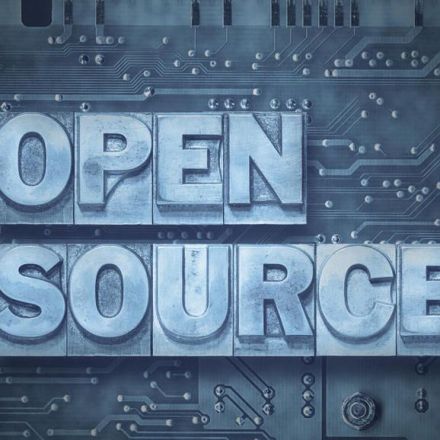
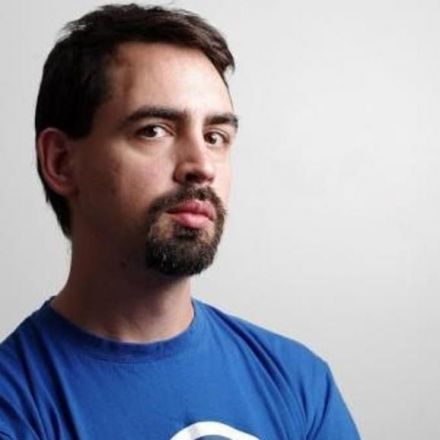


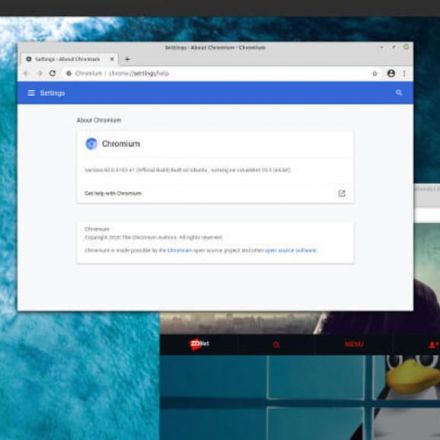
Join the Discussion